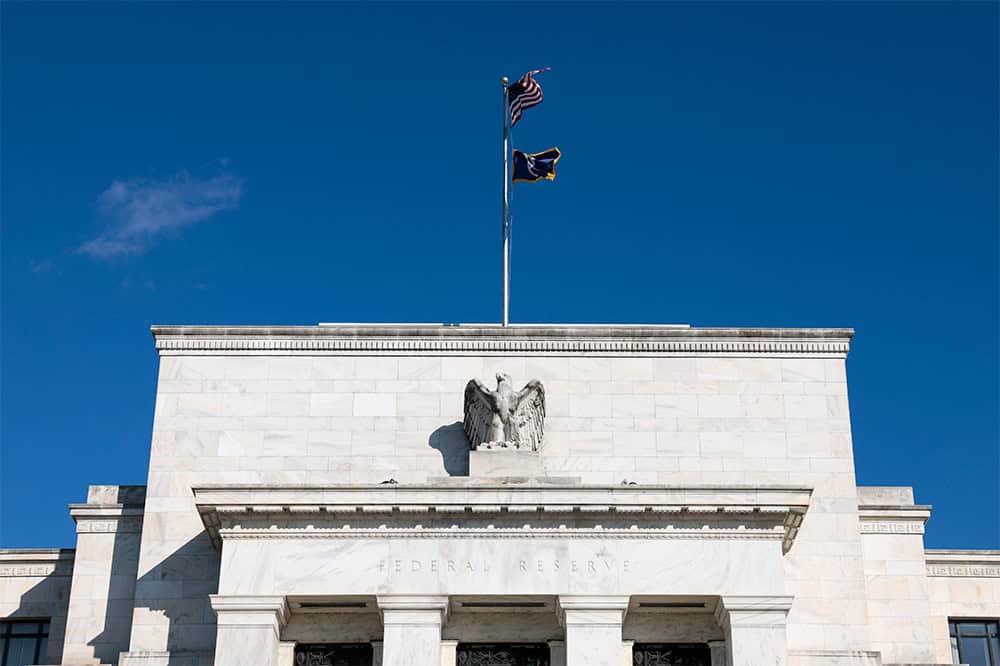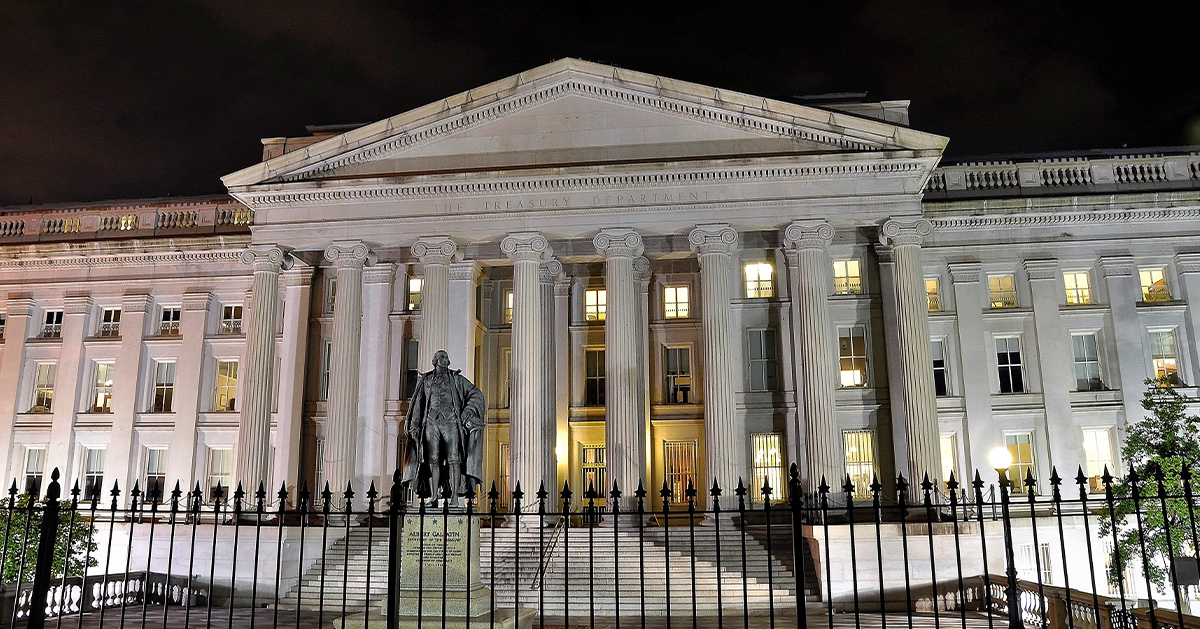Today, the nonpartisan Congressional Budget Office (CBO) released its Long-Term Budget Outlook, which offers a look at the nation’s fiscal health through 2054. The report highlights the structural misalignment in the country’s budget and the resulting unsustainable fiscal trajectory.
Here are six key takeaways from CBO’s latest projections.
1. The national debt will rise substantially over the coming decades. Debt held by the public equaled 97 percent of gross domestic product (GDP) at the end of fiscal year 2023. Under current law, CBO projects that ratio will continue to climb — reaching 166 percent of GDP in 2054.
2. The mismatch between revenues and spending will continue to grow. The COVID-19 pandemic and legislative response to mitigate its impact led to a significant amount of federal borrowing; however, the primary driver behind the nation’s rising debt is the structural mismatch between federal receipts and outlays. CBO projects that outlays will climb from 23.1 percent of GDP in 2024 to 27.3 percent in 2054. CBO also projects that revenues will rise slightly over the next 30 years relative to the size of the economy, but at a slower pace, reaching 18.8 percent of GDP in 2054.
3. Social Security and Medicare will drive the growth in programmatic spending. The aging population and rising healthcare costs will cause spending on Social Security and federal healthcare programs, primarily comprised of Medicare, to continue climbing over the next 30 years. Federal spending on Medicare will increase from 3.2 percent of GDP in 2024 to 5.4 percent by 2054, while outlays for Social Security will climb from 5.2 percent of GDP to 5.9 percent over that period.
4. Federal revenues won’t keep pace with rising spending. CBO projects that total federal receipts will rise by a little more than 1 percentage point of GDP over the next 30 years — from 17.5 percent in 2024 to 18.8 percent in 2054. Receipts from individual income taxes, which account for over half of federal revenues — are projected to moderate in the coming years, falling from 8.8 percent of GDP in 2024 to 8.6 percent next year, before rising again after 2025 because of the scheduled expiration of some provisions of the 2017 Tax Cuts and Jobs Act.
5. Interest rates, on average, are projected to gradually rise over the next 30 years. In their effort to fight inflation, the Federal Reserve raised the federal funds rate 11 times since March 2022. As a result, the average interest rate on federal debt held by the public rose — that rate was 2.5 percent in 2023 and is projected to reach 3.1 percent in 2024. As existing debt matures, some of which will be refinanced at higher rates, CBO projects that the average interest rate on such debt will remain elevated compared to recent historical levels. Interest rates on public debt are projected to average 3.5 percent from 2025 to 2054, compared to the average of 1.9 percent from 2014 to 2023.
6. The accumulation of federal debt and rising interest rates will cause borrowing costs to rise. In CBO’s projections, interest costs would reach 3.3 percent of GDP in 2025, which would be the highest since 1940, the first year for which such data were reported. Interest costs would continue climbing over the following decades, reaching 6.3 percent of GDP by 2054. At that point, interest costs on the federal debt would account for 34 percent of federal revenues.
The nation is on an unsustainable fiscal path, driven by the mismatch between the government’s commitments and its revenues. Furthermore, the accumulation of federal debt and relatively high interest rates will push the government’s borrowing costs increasingly higher — crowding out investments in other priorities. Policymakers should work together to establish a positive fiscal future for the United States.
Image credit: Photo by Zach Gibson/Getty Images
Further Reading
What Is R Versus G and Why Does It Matter for the National Debt?
The combination of higher debt levels and elevated interest rates have increased the cost of federal borrowing, prompting economists to consider the sustainability of our fiscal trajectory.
High Interest Rates Left Their Mark on the Budget
When rates increase, borrowing costs rise; unfortunately, for the fiscal bottom line, that dynamic has been playing out over the past few years.
Debt vs. Deficits: What’s the Difference?
The words debt and deficit come up frequently in debates about policy decisions. The two concepts are similar, but are often confused.


